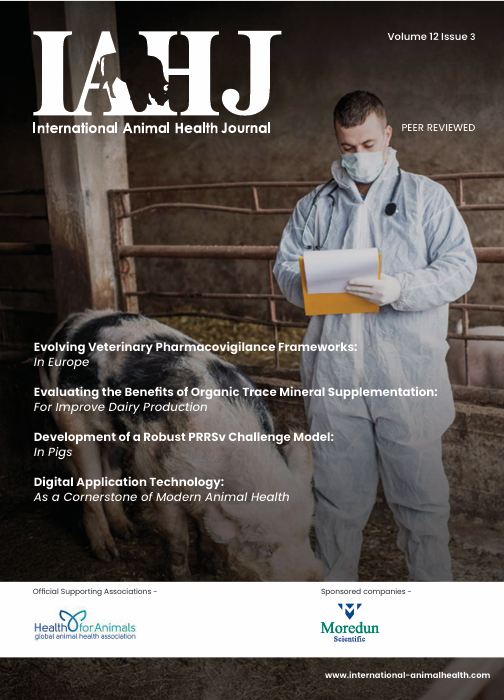As the global demand for seafood continues to rise, aquaculture has emerged as a vital contributor to food security and economic development. Among the most valuable aquaculture species is the Atlantic salmon, with Scotland alone producing over 205,000 tons annually (source Scottish Government Marine Directorate). However, the rapid expansion of salmon farming has brought with it a host of health and welfare challenges. Infectious diseases, environmental stressors, and the limitations of traditional treatment methods threaten both fish welfare and industry sustainability.
This article explores the most pressing health issues affecting farmed salmon, the innovative solutions being developed, and the future directions for research and industry collaboration.
The Health and Welfare Landscape in Salmon Aquaculture
Fish health is a cornerstone of aquaculture success. It directly influences productivity, profitability and animal welfare. However, the intensification of farming practices has increased the prevalence and impact of infectious diseases. Bacterial, viral, fungal, and parasitic pathogens are estimated to cause annual losses of 5–7% in finfish aquaculture, equating to approximately 10 billion USD globally













